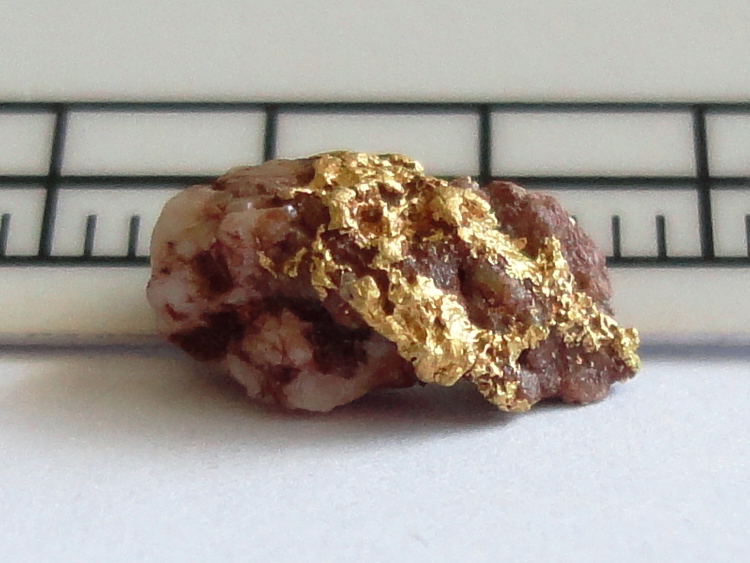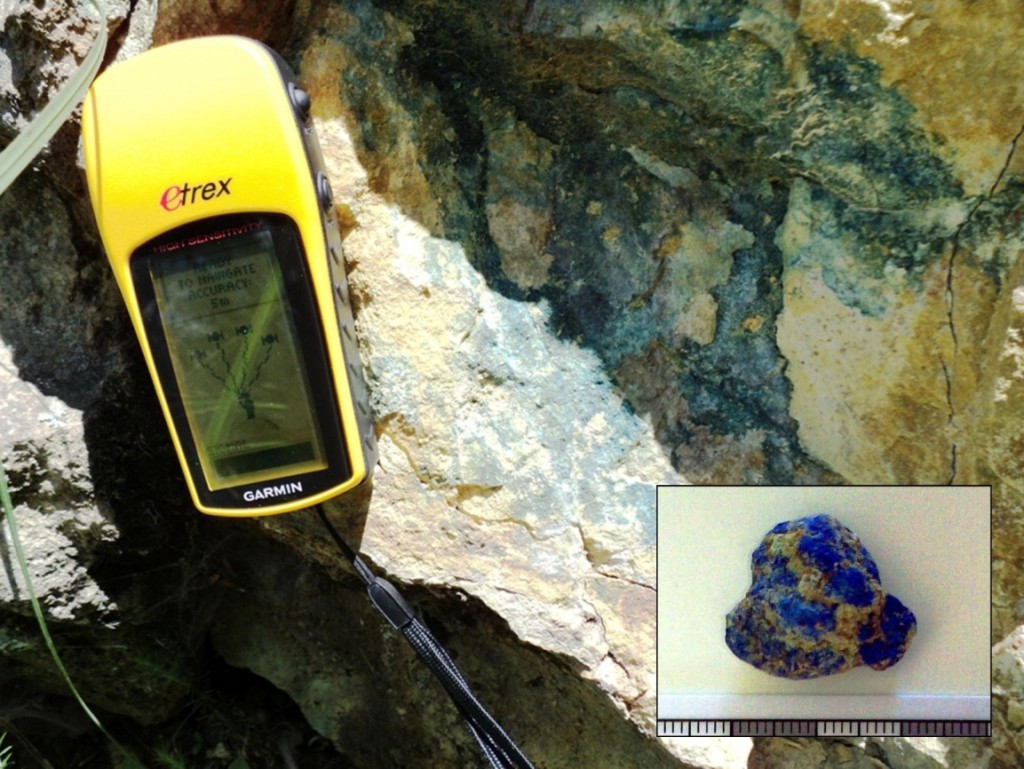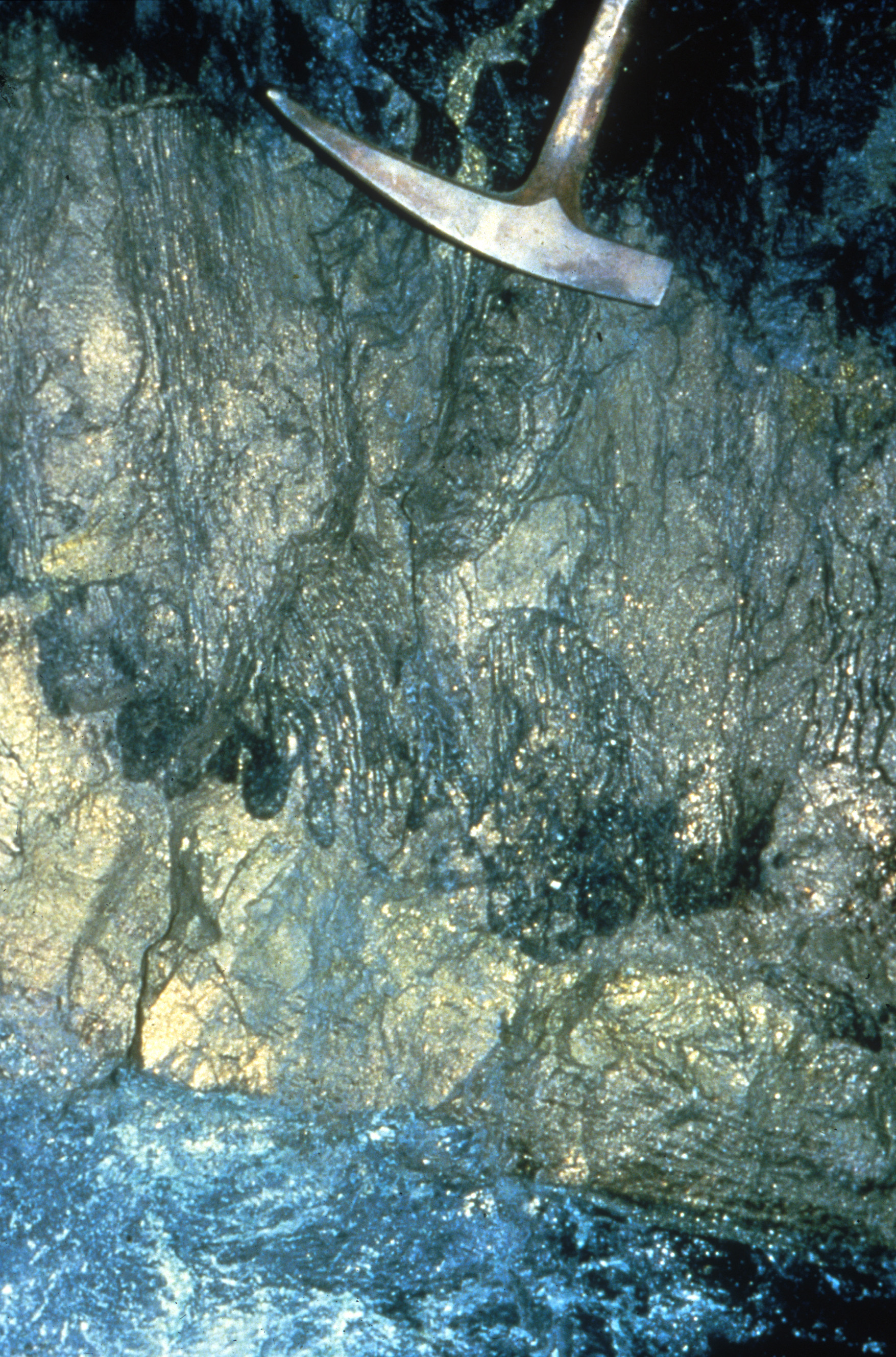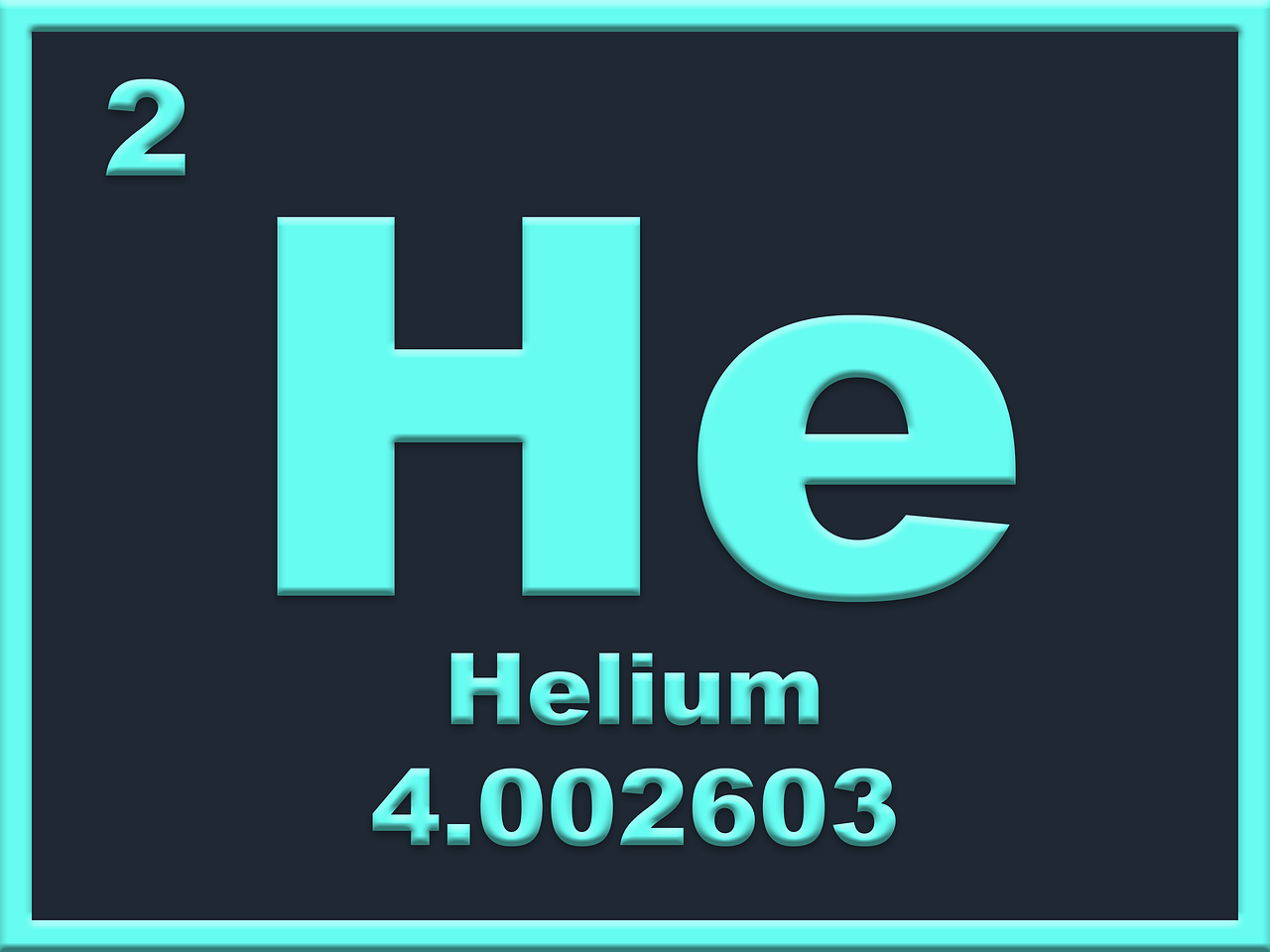The shift away from fossil fuels is the greatest challenge facing global civilization. Alternatives exist, but lack the flexibility, cheapness, and abundance of fossil fuels; except, perhaps, for geologic hydrogen. Once thought to be little more than a curiosity, new work suggests that we may have overlooked one of our greatest resources.
The Many Colors of Hydrogen
Today, hydrogen’s main use is as a feedstock in fertilizer manufacture, however is has a lot to offer as a fuel: it has an extremely high energy density, can be readily substituted for fossil fuels (especially natural gas), and doesn’t produce greenhouse gas when burned. If large quantities of hydrogen could be affordably procured it could theoretically become the backbone of a zero-carbon electric grid, transport system, and heavy industry. It could even be integrated into existing infrastructure without the large-scale redevelopment electrification would require. Hydrogen has been touted as the best, and perhaps only, replacement for fossil fuels in industries such as aviation and steelmaking.
Hydrogen is the most abundant substance in the universe, but it has always been frustratingly difficult to obtain on Earth. This highly flammable gas is too volatile to exist in its pure form at the surface: when people want hydrogen they have to make it themselves. Today most hydrogen is made from natural gas, a process that uses a lot of energy and releases a lot of carbon dioxide: this is referred to as grey hydrogen. Grey hydrogen isn’t a climate change solution, but green hydrogen, which is made by splitting water using renewably-generated electricity, could be. The problem is that producing green hydrogen is very inefficient, rendering it too expensive for most applications. Blue hydrogen, where the emissions from making grey hydrogen are captured and sequestered or offset by another emissions-reducing activity, has been proposed as a temporary solution.
It would be much simpler, and much cheaper, to drill for hydrogen the same way we drill for natural gas. Geologic deposits of hydrogen have been termed gold or white hydrogen.
An Overlooked Resource?
The existence of geologic hydrogen have been known for decades. Hydrogen is thought to kill vegetation, and ‘fairy circles’, circular areas curiously devoid of vegetation, found in the US, Brazil, and other locations, are believed to represent seeps of geologic hydrogen. Despite hydrogen’s potential, these seeps and showings have been treated as a scientific curiosity rather than a potential resource. A comparison with natural gas illustrates why.

Methane (AKA natural gas) has been exploited for many years and is quite well understood. Organic matter gets buried under (relatively) recent sedimentary rocks and cooked into methane over millions of years. This gas rises until it either escapes into the atmosphere or becomes trapped in permeable rocks which are capped by a layer of impermeable rock, forming a reservoir. Drill into the reservoir and you’ve got a gas well. These features, source, reservoir, and trap, make up the petroleum system, and evaluating whether all three elements of the system are present in an area has allowed oil companies to very successfully zero in on productive areas.
We still have a long way to go to understand the hydrogen system. It’s known that hydrogen is produced when iron-rich rocks react with water at high temperatures. Crude estimates suggest 80% of geologic hydrogen is created in this way, with a reaction called serpentinization, where the mineral olivine in mafic or ultramafic rocks is replaced by serpentine, being the standout producer. Serpentinization is extremely common on the seafloor, but also occurs deep underneath continents, especially mafic-ultramafic greenstone belts.
A smaller amount of hydrogen is produced through radiolysis, whereby radiation emitted by natural uranium and thorium minerals splits water into hydrogen and oxygen. Some researchers believe there may be a third source: seeps of gas escaping from a large reservoir of hydrogen trapped in the Earth’s core since the planet formed 4.6 billion years ago. The existence of this source is controversial.
Whether hydrogen can be trapped and form reservoirs is unclear. Hydrogen is the smallest and most elusive molecule known to science. It can diffuse right through minerals and even metals. Then again, helium, the second lightest element, is known to become trapped and form deposits, suggesting hydrogen traps aren’t so farfetched. Even if it can become trapped hydrogen is still an extremely reactive gas which can be consumed by reactions with minerals or by underground microbes.
Geologic hydrogen has a very different source than natural gas and isn’t likely to be found in the same places; furthermore it was thought that geologic hydrogen didn’t hang around long enough to form deposits. Even the machines that test samples from gas wells typically use hydrogen as part of the testing process, making detecting natural hydrogen through standard methods impossible. No wonder oil companies generally haven’t bothered looking for it. On some occasions, however, they’ve found it anyway.
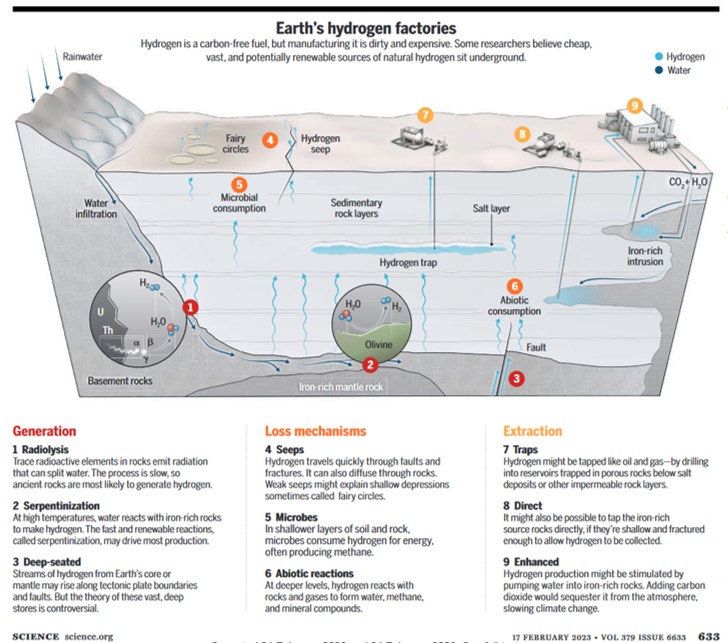
Overlooked No More?
One well drilled in 1987 near Bourakébougou, Mali, yielded 98% hydrogen, and was adapted to power the village after the oil company abandoned it. Hydroma is now drilling exploratory wells to test the region’s potential. A handful of wells drilled in South Australia returned 70-80% hydrogen but were also abandoned with little follow up. Gold Hydrogen recently raised $20 million to explore the region for hydrogen. The company Helios Aragon was recently founded to investigate showings of ~20% hydrogen in gas wells drilled in Spain’s Pyrenees Mountains as far back as the 1960’s. The US may hold its’ own reserves, with an area of prospective iron-rich mantle rocks located 10-20 km off the Eastern Seaboard, and an area hosting deep-seated faults in Nebraska having been identified. Natural Hydrogen Energy drilled a 3.4 km deep well in Nebraska in 2019 which reportedly yielded clean burning, likely hydrogen-dominant, gas, although the company hasn’t confirmed if hydrogen was present. Hydrogen seeps and showings have also been found in Canada, Russia, Oman, Germany, Japan, New Zealand, and New Caledonia.

So far the big oil companies have watched this action from the sidelines, apparently content to let start-ups take the risk of exploring for a speculative resource. Perhaps their hesitation is due to skepticism of the viability of drilling for hydrogen, or perhaps it’s due to past experience; many oil companies tried diversifying into mining in the 1970-80’s, a scheme which proved to be a costly failure for most. It may seem that their experience drilling for natural gas should transfer easily to hydrogen, but the type of rocks and structures needed for hydrogen are very different, and actually harnessing hydrogen may prove challenging.
Like natural gas, hydrogen must be pressurized for transport, but being so much smaller it’s unclear if natural gas infrastructure could transport hydrogen without unacceptable leakage. In fact, some experts question if hydrogen will ever be a safe, practical fuel. Not only is it potentially explosive (remember the Hindenburg?), but hydrogen is itself a potent greenhouse gas if released unburnt. Developing hydrogen infrastructure could be a major bottleneck even if large, exploitable deposits were found. Then again, with enormous amounts of money to be made and a high likelihood of government support, progress may come quickly if big oil jumps into the ring.
Analysis: Big Promises and Big Questions
By some, extremely rough, estimates, there should be enough hydrogen in the ground to supply, cheap, green energy for thousands of years, with more being produced around the clock. Although no one has yet done so at scale, extracting geologic hydrogen is expected to be much cheaper and greener than manufacturing it. Even if these rosy projections are accurate, there is still no guarantee these resources will be economically viable, however.
One key question will be just how elusive hydrogen really is in the Earth. If it becomes trapped under layer of impermeable rocks such as shale, evaporites, and volcanic flows, then exploiting it will be similar to natural gas: find a trap above a source, drill into it, and let the gas flow until its depleted. If, on the other hand, hydrogen escapes from the Earth very quickly, there will be no traps or reservoirs to tap, and we may actually be better off looking in the opposite place: an area where deep-seated faults and porous rocks allow gas to quickly rise to the surface without being slowed or dispersed.
The rate of hydrogen production is also crucial: if hydrogen is produced faster than we can use it than the resource may be effectively infinite. There’s certainly an enormous amount of potential source rocks: the mafic/ultramafic rocks which can be serpentinized and granitic rocks which emit radiation are among the most common on Earth. This, however, doesn’t guarantee that this hydrogen doesn’t disperse or degrade long before we have a chance to collect it.

Some have proposed stimulating hydrogen production similar to fracking shales for natural gas. Water could be injected into deep, hot ultramafic rocks to produce hydrogen. If carbon dioxide from captured emissions were dissolved in the water it would react to form carbon-bearing minerals, permanently sequestering it deep underground. Such stimulated hydrogen could conceivably be a cheap, reliable, nearly limitless, and carbon-negative fuel: something that sounds almost too good to be true.
At least some of the information we need to answer these questions may already exist. Although most oil companies don’t routinely test for hydrogen, they have clearly done so and forgotten about it on several occasions; there’s likely a lot of old data that could benefit from reexamination. Researchers in the former Soviet Union are also known to have invested far more than their western peers in searching for hydrogen, although it’s unclear how much they found, or how much of that data will ever be available to western institutions. If natural seeps really do create fairly circles, then hydrogen fields may be readily located from satellite imagery.
Investor Takeaways
Even by the standards of junior miners, geologic hydrogen is a high-risk, high-reward field. As of now it’s the territory of a handful of start-ups drilling a few exploratory wells looking for a resource which may not exist, but could change the future of energy production if it does. There’ve been enough showings and circumstantial evidence to suggest that at least some resources exist, but establishing their size and viability of it will take years of work. It could be a long, difficult road, but if the optimistic resource estimates are accurate and expertise and infrastructure from natural gas can be adapted to hydrogen the pieces may come together quickly. The next decade could see geologic hydrogen fade back into obscurity, slowly develop into a niche resource in a few locations, or take the world by storm.
List of Companies Mentioned
- Hydro https://hydroma.ca/ (website)
- Gold Hydrogen https://www.goldhydrogen.com.au/ (website)
- Helios Aragon https://helios-aragon.com/ (website)
- Natural Hydrogen Energy http://nh2e.com/ (website)
Further Reading
- Erick Hand (2023): Hidden Hydrogen. Science, 379, 6633, 630-636. https://www.science.org/content/article/hidden-hydrogen-earth-may-hold-vast-stores-renewable-carbon-free-fuel (Science New Article).
- USGS (2023): The Potential for Geologic Hydrogen for Next-Generation Energy https://www.usgs.gov/news/featured-story/potential-geologic-hydrogen-next-generation-energy (News Article).
Subscribe for Email Updates

